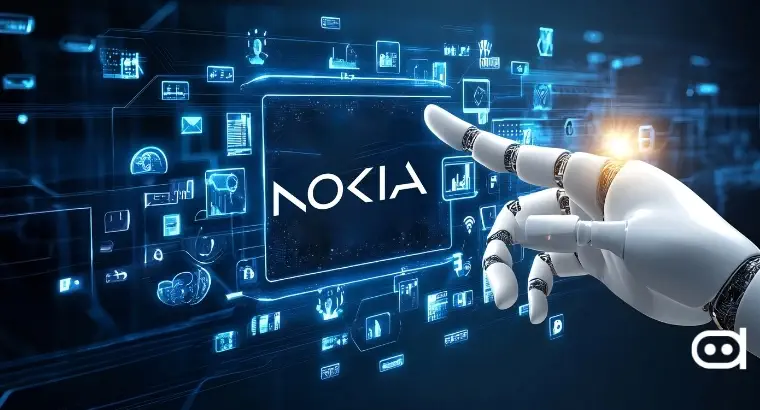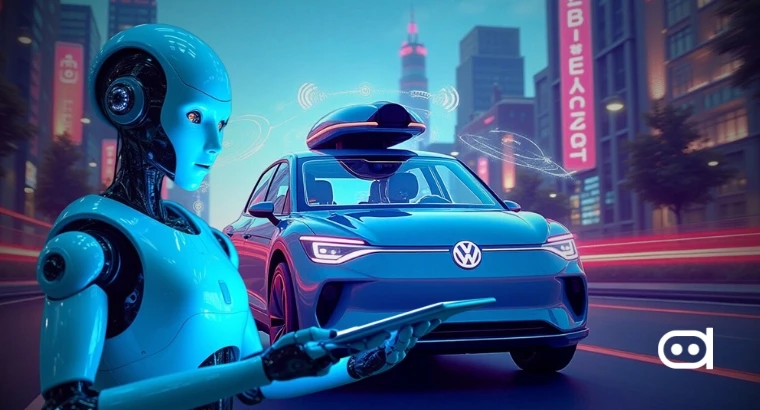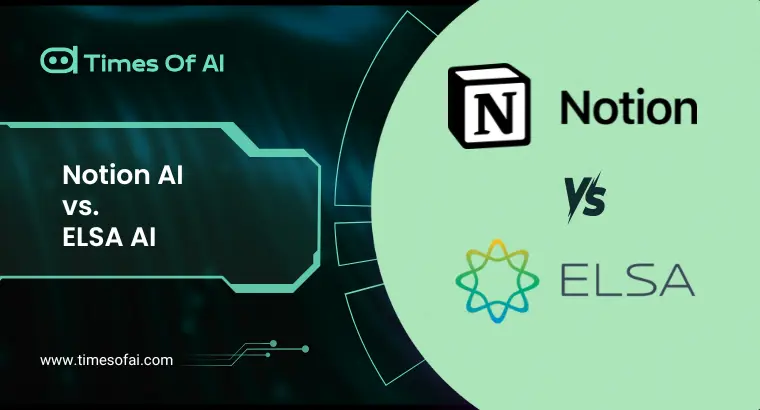
- Nokia unveils its new Event-Driven Automation (EDA) platform, built on Kubernetes, to help modern businesses improve their artificial intelligence (AI) and cloud-based applications workflows to improve data center management and reduce operational efforts by nearly 40%.
- The EDA platform can be a game-changer in addressing major obstacles to automation adoption, such as scalability concerns and antiquated systems. With advanced customization options, digital twinning capabilities, Generative AI assistance and IT service management features, can Nokia boost automation adoption?
A new era of AI-powered data center network management has arrived with Nokia’s announcement of its Event-Driven Automation (EDA) platform. The platform, built on Kubernetes, aims to reduce network disruptions and human error by improving the dependability, flexibility and simplicity of data center operations. The platform also aims to streamline network management for ever-increasing cloud services and artificial intelligence (AI) application workloads by reducing operational efforts by up to 40% with its advanced automation capabilities.
Using the microservices architecture of Kubernetes, Nokia’s EDA solution brings an intent-based approach to network automation, allowing operators to create customized dashboards using its low-code/no-code interface that can be integrated with multi-vendor, multi-domain systems. Further, a cloud-based app store is another feature of Nokia’s EDA that can facilitate rapid customization and deployment, whether as an on-premise or cloud service.
The platform is intended to assist modern enterprises in transitioning to AI-driven network infrastructures using Nokia’s current Service Router (SR) Linux network operating system and data center switching and routing solutions. Using these capabilities, Nokia’s EDA platform delivers a state-of-the-art solution that improves dependability and streamlines data center lifecycle management as more and more businesses artificial intelligence workloads to migrate to the cloud.
The launch of Nokia’s EDA also highlights the increasing pressure on businesses and service providers to scale their data center infrastructures to accommodate complicated workloads in today’s fast-paced digital ecosystem. However, automation adoption has been sluggish due to obstacles including outdated systems, a dearth of scalable solutions, and a shortage of trained personnel.
In fact, according to an EMA Research Report called “The Future of Data Center Network Automation quoted in Nokia’s press release,” 86% of the organizations represented by this survey will increase their budget for data center network automation solutions over the next two years and 35% are expecting that increase to be large.” Hence, Nokia’s EDA aims to help businesses minimize risks and improve their network-wide operations by addressing common challenges to AI automation adoption.
Read More: SLK’s EverythingAI Sets the Stage for Holistic AI Solutions
Vach Kompella, the Senior Vice President and General Manager of IP Networks at Nokia, said, “Our next generation EDA platform is a game-changer for data center networks.” Hence, Nokia truly believes its new AI-powered platform is set to transform how businesses approach data center automation in the era of AI.
Conclusion
Nokia’s Event-Driven Automation platform offers a state-of-the-art solution that simplifies data center operations and boosts performance for cloud and artificial intelligence-based infrastructures. Significant adoption, however, might require Nokia to address key issues and obstacles associated with switching from outdated systems to AI-driven ones. Whether Nokia’s AI-powered EDA solution will reshape how modern organizations plan, implement and use data center automation remains to be seen.





